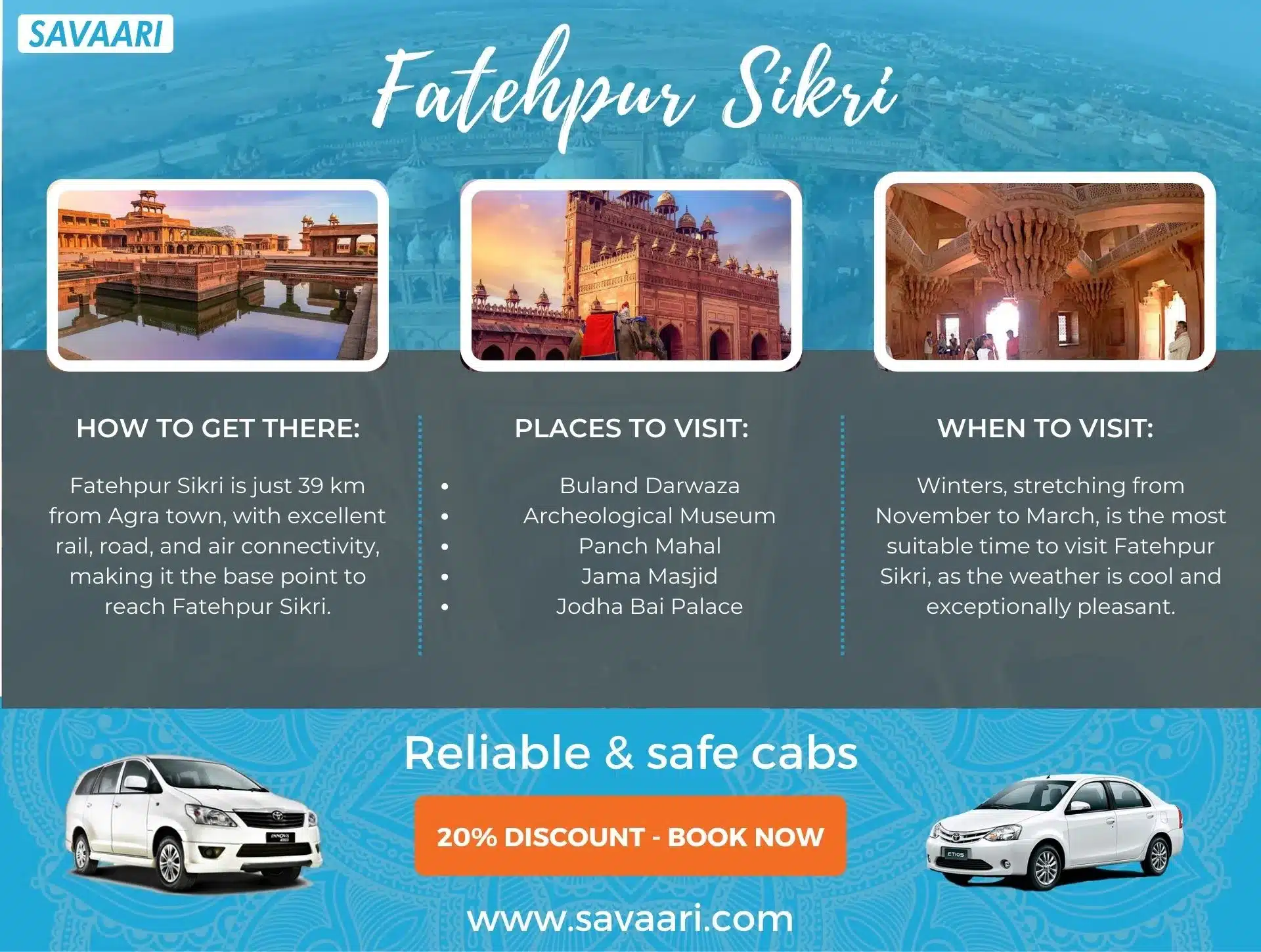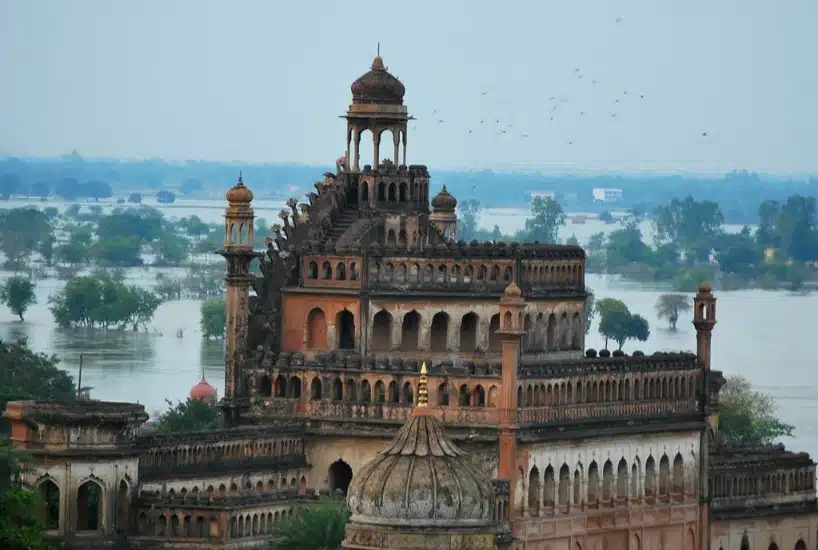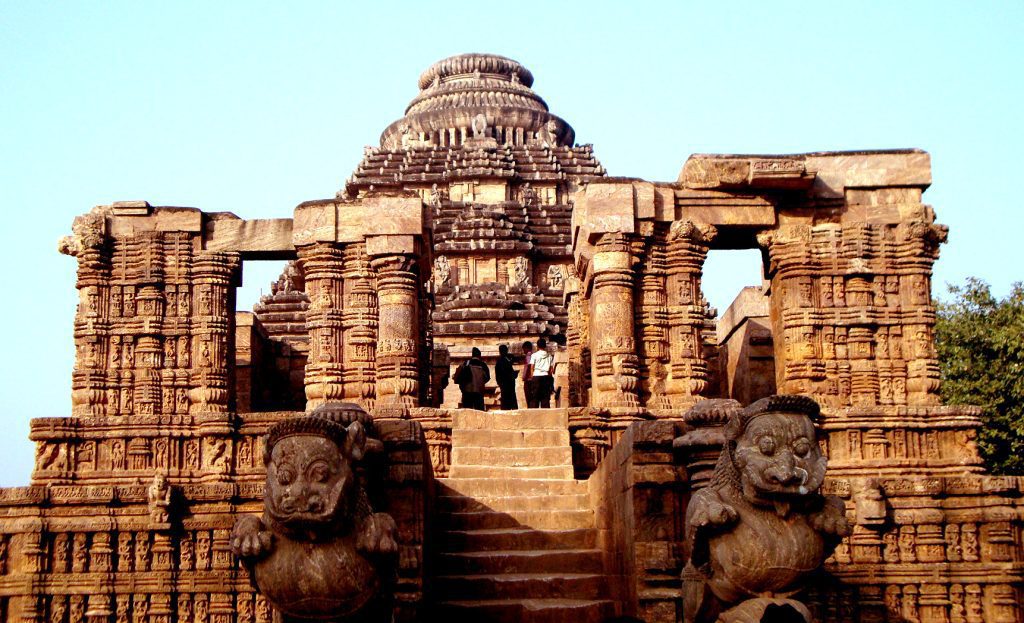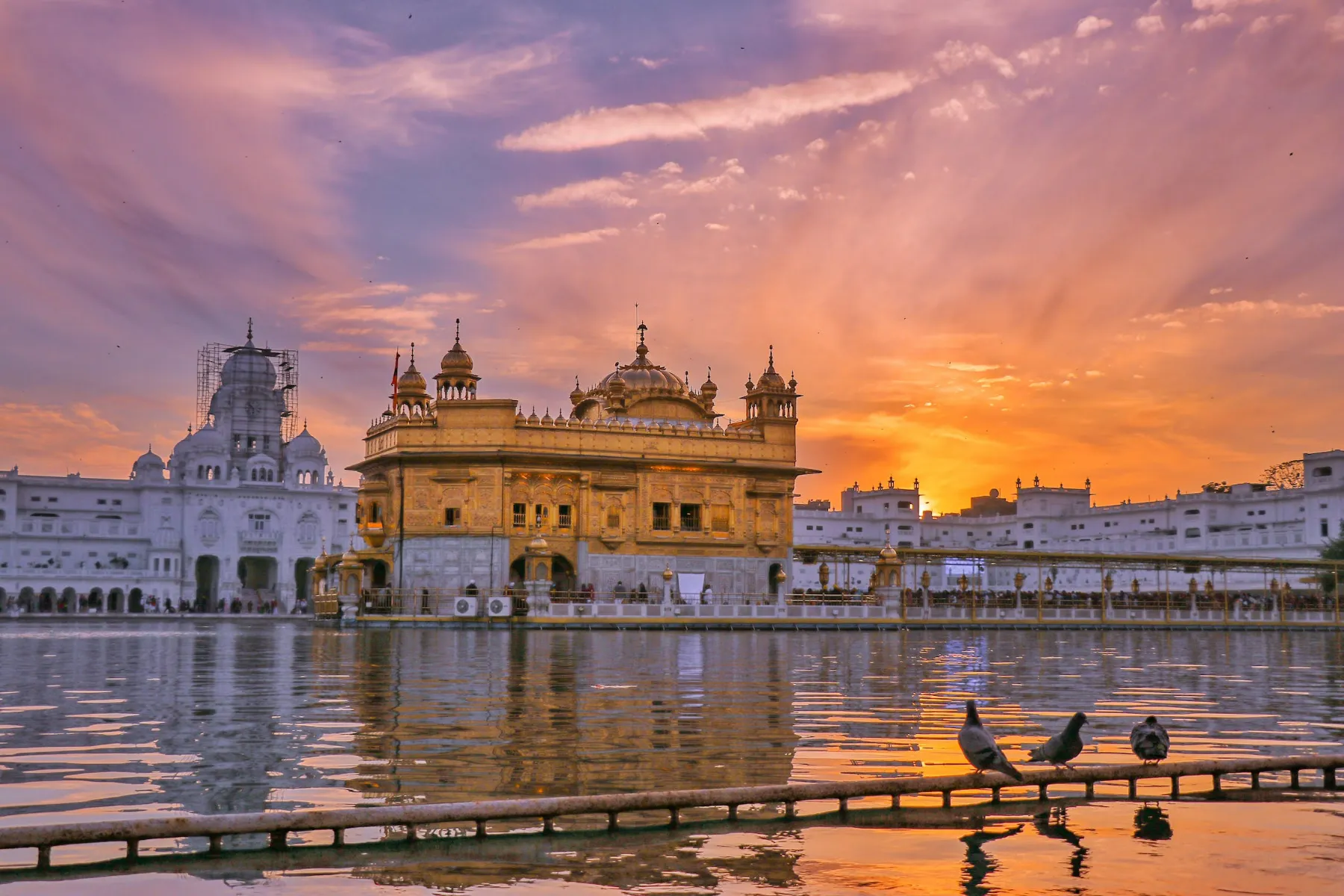An ancient fortified city near Agra, Fatehpur Sikri was initially established to function as the capital of the Mughal Kingdom during the earlier 16th century. While the city acted as the capital for around two decades, it was abandoned in the late 17th century. However, even after its fortification, the city is still known for its magnificent architecture and elaborate carvings that would leave you enchanted.
Table of Contents
- About Fatehpur Sikri
- Comprehensive Guide to cover Fatehpur Sikri
- How to Plan a trip to Fatehpur Sikri
- Hotels and Resorts near Fatehpur Sikri
About Fatehpur Sikri
This ancient city is now a UNESCO World Heritage Site and one of the prominent sightseeing attractions near Agra. So if you remain interested in exploring the magnificent Mughal architecture or learning the glorious Indian history, this is the place to be. Read on to go through the comprehensive travel guide and other relevant information below. If you plan to visit Agra, don’t forget to know details and the list of places to visit in the city.
History & Location
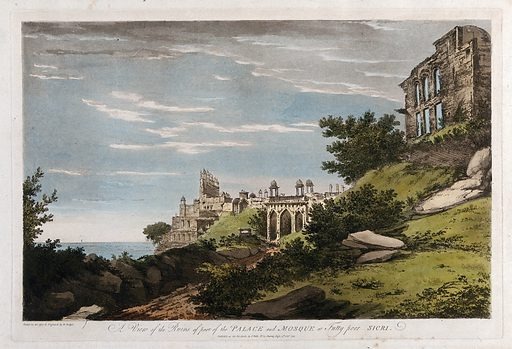
Fatehpur Sikri is one of the few ancient cities in India deemed the finest example of the architectural legacy of Mughal Emperor Akbar. This fortified city got its name from a quaint town called Sikri, which existed in the same location where the city was built.
And according to ancient tales, the most renowned Mughal Emperor, Akbar, had toured this town and consulted a Sufi scholar named Shaikh Salim Chishti. The saint predicted the birth of Akbar’s successor, and when the prediction got complete, Akbar started building his capital in the village.
This city then served as the capital of the Mughal Kingdom, and soon after Akbar returned from Gujarat Battle, he named the city Fatehpur Sikri to celebrate the win. Nevertheless, when Akbar proceeded to the Punjab battle in the late 15th century, he deserted the city for two principal reasons – the turmoil in the northwestern region of India and the lack of water.
Architecture
A prominent Mughal city in the 16th century, Fatehpur Sikri now stands as a deserted red sandstone city near Agra. Moreover, encompassed by 6-km long defensive borders with numerous entrances on three sides, Fatehpur Sikri highlights the magnificent Indo-Islamic architectural pattern and is built using red sandstone.
In addition, various palaces, monuments, public constructions, and other structures beautify the city, each flaunting remarkable architectural beauty. The Mughal Emperor Akbar constructed three castles for his beloved wives in this now-deserted city. Eight gates function as entrances to the city, including the Agra Gate, Delhi Gate, the Lal Gate, the Ajmeri Gate and the Gwalior Gate, among others. You can book a cab from Delhi to Agra to experience the magnetism of the bygone Mughal era.
Interesting Facts
- Fatehpur Sikri was the first well-thought-out city developed during the Mughal reign.
- The design and construction of Fatehpur Sikri impacted the planning and construction of Old Delhi.
- Jahangir, Emperor Akbar’s son, lived in Fatehpur Sikri in the 16th century when the city got affected by bubonic plague.
- According to an English traveller, Ralph Fitch, Fatehpur Sikri was enormous and more crowded than the United Kingdom during that era.
- After deserting the city, Akbar visited this place only once before his death.
Comprehensive guide to cover Fatehpur Sikri
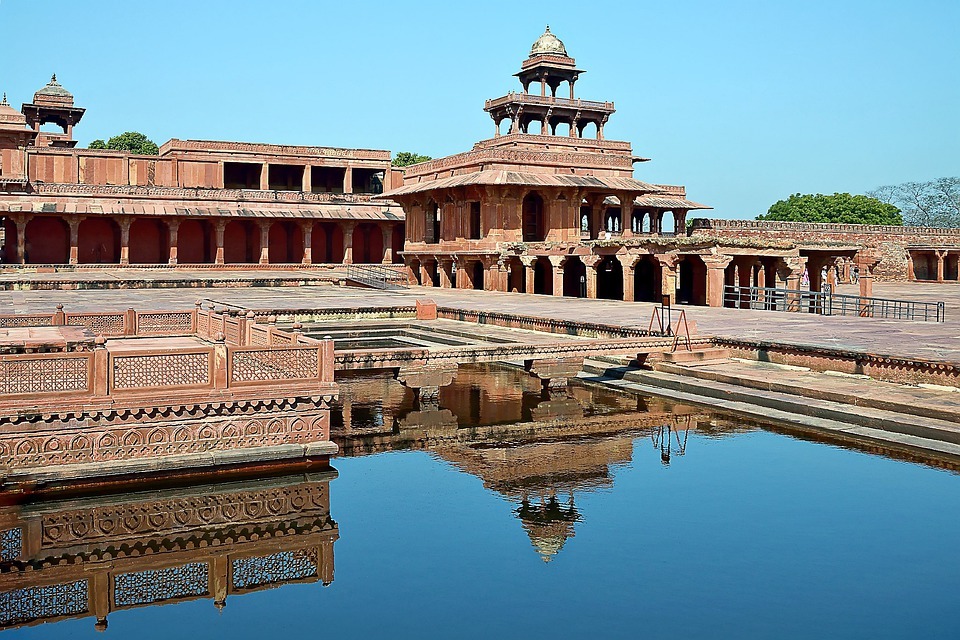
Beyond the magnificence of Agra’s Taj Mahal, Fatehpur Sikri is another famous architectural wonder of the Mughal Emperors. And today, this fortified city is a prominent ancient monument dating back to the Mughal period. The city earned the status of UNESCO World Heritage Site, given its architectural magnificence and historical relevance and now remains guarded by the Archaeological Survey of India. Here are some exciting things to do in Fatehpur Sikri.
Things to do in and around Fatehpur Sikri
- Buland Darwaza: Popularly known as the Gate of Magnificence, Buland Darwaza is the primary door to the Jama Masjid. Emperor Akbar constructed this gateway in the 15th century to commemorate his victory over Gujarat. Erected out of red and buff sandstone, this gate is created with stunning black & white marble, making it surreal to watch. Likewise, the best part about this famous gateway is that the posts and archway remain engraved with Holy Quran and Persian notation.
- Archeological Museum: The Archeological Museum, commonly known as the Treasury Building, is a building that remains centrally guarded and holds a sheer number of ancient artefacts displayed for sightseers touring the place. Also, one of the places to visit nearby, the four different mentions at this place give sightseers a sense of the region’s history and culture.
- Panch Mahal: A unique establishment at Fatehpur Sikri, the Panch Mahal has the structural features of a Buddhist Temple. Moreover, it is fully columnar and has four levels in lowering size built asymmetrically over the ground floor. The facility comprises 176 pillars with Jaalis or nets, indicating the existence of the Purdah System, which the Queens had to pursue.
[Also read: Places to visit near Delhi by road]
Things to do in Fatehpur Sikri with friends
- Marvel at the magnificence of Jama Masjid: Jama Masjid is regarded as one of India’s most extensive mosques, identified as a world heritage site by UNESCO in the late 19th century. Constructed by Emperor Akbar during the 15th century, this mosque is also known as the Friday Mosque. It was designed and built under the supervision of Sufi Saint Sheikh Salim Chishti. In addition, Jama Masjid is one of the most magnificent mosques that features a rectangular design with a considerably extended courtyard and entryways from the South, North and East.
- Witness the glorious Jodha Bai Palace: Jodha Bai Palace remains inside the Fatehpur Sikri establishment and is deemed an enormous building within the periphery. Furthermore, this magnificent palace was constructed by Mughal Emperor Akbar for his dear wife Jodha Bai, and this palace holds a distinct architecture from other constructions inside the palace, decorated with a combination of Hindu and Muslim design patterns.
- Visit the famous Tomb of Salim Chisti: This tomb, glorifying the burying place of the Sufi saint Salim Chisti, is the most exquisite embodiment of Mughal Architecture. It finds its spot in the courtyard of the Jama Masjid, and Akbar took to the construction of this tomb as a mark of esteem for Salim Chisti, who predicted the birth of Jahangir, Akbar’s heir. In addition, the main chamber door is engraved beautifully with patterns and engravings from the Quran. And the mesmerizing marble-made floor makes this place a sight to behold.
Things to do in Fatehpur Sikri with family
- our the famous Keoladeo National Park: Situated 27 km from Fatehpur Sikri, Keoladeo National Park was earlier known as Bharatpur Bird Sanctuary. It was constructed by Maharaja Suraj Mal as an artificial wetland in the late 18th century. This national park was a former duck shooting arena of the Maharajas and British Officers. And given its natural beauty, many birds migrate to this place from far and wide, making this place truly mesmerizing.
- Witness the beauty of Diwan-i -Khas: Diwan-i -Khas, constructed in the Persian architectural style, was the arena of a private audience. And only the monarchical members gathered here to consult private affairs. This place was renowned for its exquisite roof with four Chatteris. The main pillar, with an octagonal shaft and a square base, has brought renown to the architectural masterpiece. Moreover, the floral and geometric structures increase the base’s attractiveness and the shaft.
Fatehpur Sikri opening time
The famous Fatehpur Sikri remains open to the public from 6 a.m. to 6 p.m. daily, except for Friday. And the ticket price is INR 40 for Indian citizens and INR 550 for foreign nationals.
How to Plan a Trip to Fatehpur Sikri
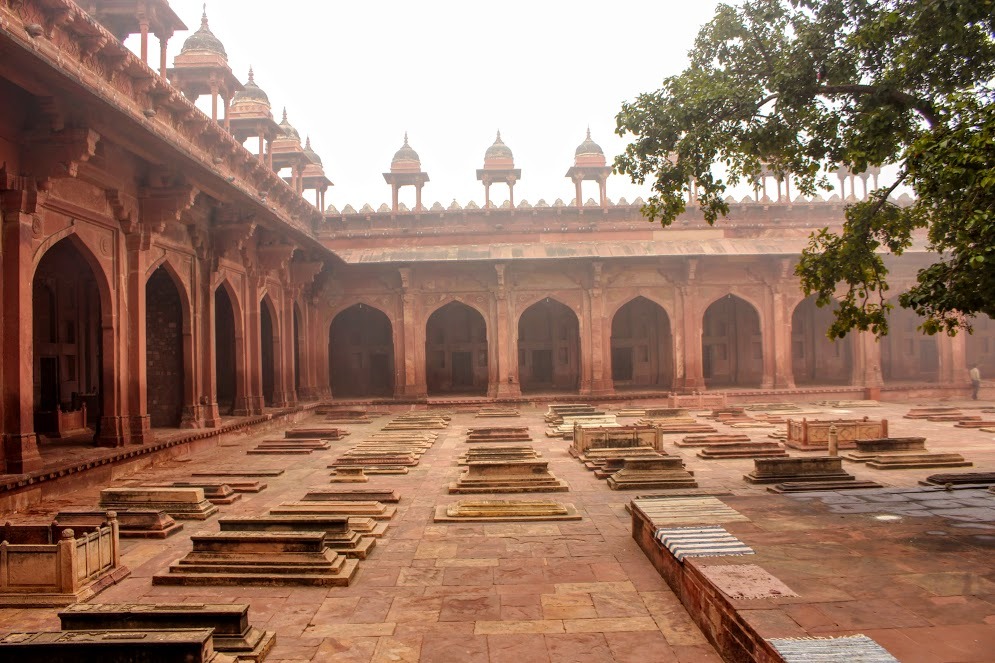
Best time to visit
Winters, stretching from November to March, is the most suitable time to visit, as the weather largely pleasant. The temperature ranges from 24°C during the day to 5°C at night and can get even chillier. The moderate day temperature makes it perfect for sightseeing, and you will not get exhausted due to the scorching heat.
How to reach
Fatehpur Sikri is 39 km from Agra town, with excellent rail, road, and air connectivity, making it an ideal base. Here are some main ways to reach Fatehpur Sikri.
- By Air
Kheria Airport in Agra is the closest airport to Fatehpur Sikri, around 40kms. From here, you can book an Agra airport taxi to reach your destination.
- By Road
Well-built roads offers excellent transportation facilities to tourists. And you can readily take a bus or book a cab in Agra to reach Fatehpur Sikri.
- By Rail
Agra Cantt Railway Station is located at 40kms from Fatehpur Sikri, and regular trains connect this station to major cities. Upon reaching here, you can take a cab or bus service to reach Fatehpur Sikri.
Hotels and Resorts
| Hotel Name | Address |
| The Oberoi Amarvilas Agra | Taj East Gate Rd, Paktola, Tajganj, Agra| Phone: 0562 223 1515 |
| Trident Agra | Fatehabad Road Near TDI Mall, Tajganj, Agra| Phone: 0562 223 5000 |
| The Coral Court Homestay | Parking, 9, Amar Lok Colony Next to Shilpgram, Tajganj, Agra| Phone: 075053 40604 |
| Taj Hotel & Convention Centre | Taj East Gate Rd, Taj Nagari Phase 1, Telipara, Tajganj, Agra| Phone: 0562 233 5555 |
Conclusion
Fatehpur Sikri is a magnificent reminder of India’s rich artistic and architectural legacy, from the ancient constructions to the castles that were earlier the royal family getaways. So why wait? Plan a trip to this scenic city now and get set to witness the glorious Mughal architecture.
Last Updated on April 11, 2024 by V Subhadra

